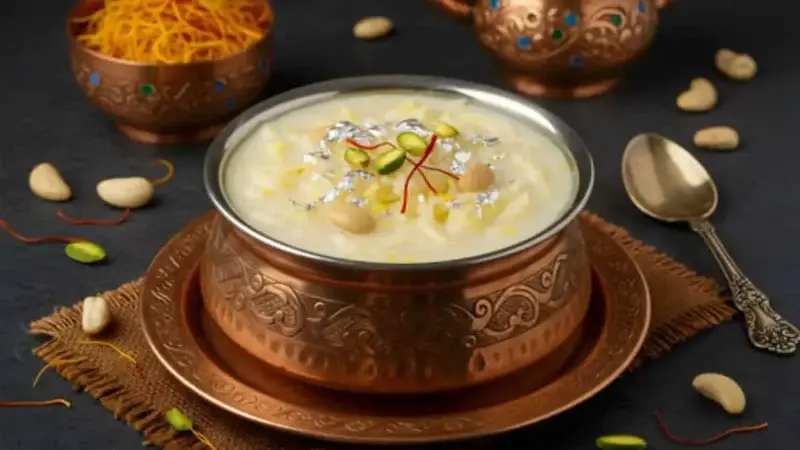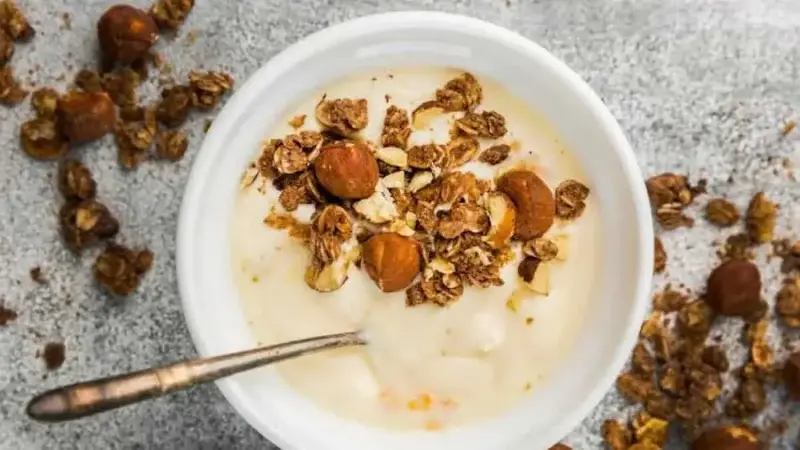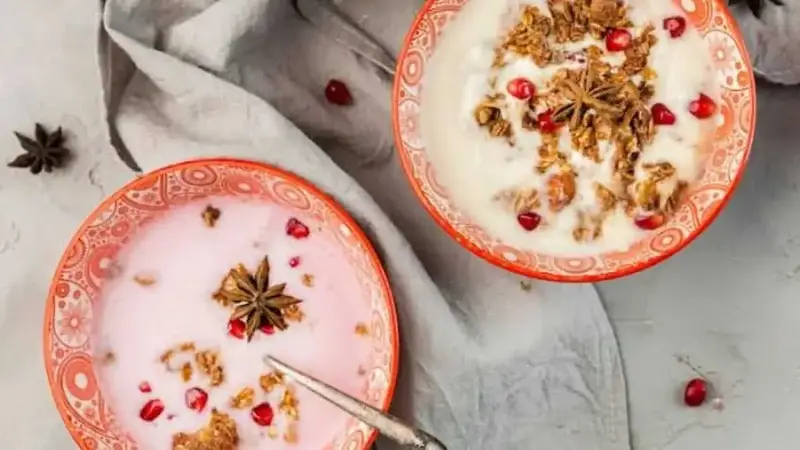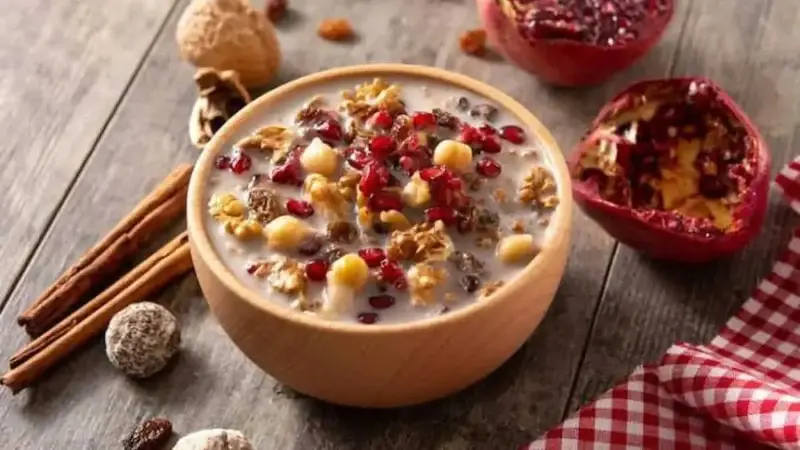
Ayurveda emphasises balance with the natural shifts in climate, advising that as temperatures drop, meals should become more warming and nourishing. The transition between seasons often affects digestion and immunity, making it essential to include ingredients that provide stability and strength. Kheer, a familiar and comforting preparation in Indian homes, aligns beautifully with this principle. When prepared with jaggery, nuts, and warming spices, it transforms into a meal that supports both taste and wellness.
Traditional versions of kheer are made with rice, milk, and sugar, but the Ayurvedic approach replaces refined sugar with jaggery for better mineral content and improved digestion. Spices such as cardamom, nutmeg, cinnamon, and dry ginger help stimulate the digestive system and enhance circulation. Ingredients like ghee, nuts, and grains nourish the body, keeping it energised through cooler weather. These recipes are inspired by Ayurvedic food principles that encourage balance between sweetness, spice, and nourishment.
Below are five Ayurvedic kheer recipes that are suited for the changing season. Each combines simple preparation methods with ingredients that align with Ayurvedic understanding of Agni, or digestive fire, which benefits from warmth and stability as temperatures fall.
1. Jaggery Rice Kheer With Cardamom And Ghee
This traditional variation replaces sugar with jaggery, which provides iron and natural sweetness. Jaggery helps balance energy levels and supports digestion after meals. Cardamom and ghee bring a gentle warmth that complements the richness of milk.
To prepare, cook soaked rice in full-fat milk until it softens completely. Once cooked, allow it to cool slightly before adding grated jaggery to prevent curdling. Stir gently and add crushed cardamom seeds. Garnish with roasted cashews and raisins sautéed in ghee. This version is nourishing, comforting, and ideal for evening consumption after breaking the day’s fast or during the onset of cooler days.

2. Moong Dal Kheer With Dry Ginger And Nutmeg
This kheer is both protein-rich and easy to digest. Moong dal is considered tridoshic in Ayurveda, meaning it suits most body types and helps balance Vata, which tends to increase when the weather becomes cooler and drier. Dry ginger powder and nutmeg add subtle heat that promotes circulation.
To prepare, roast moong dal lightly in ghee until it releases aroma. Cook it with water and milk until soft, then add grated jaggery and stir until dissolved. Add a pinch of dry ginger powder and nutmeg. Garnish with chopped almonds or pistachios. This kheer is filling and supports warmth and digestion during the changing season.

3. Millet Kheer With Cinnamon And Dates
Millets are ideal for cooler weather as they are grounding and energising. They provide sustained energy and are gentle on the digestive system. Dates add natural sweetness and iron, while cinnamon acts as a warming spice that stabilises blood sugar and enhances flavour.
To make, cook foxtail millet or barnyard millet in milk until tender. Blend a few soaked dates into a paste and stir into the cooked millet. Add a pinch of cinnamon powder and a small spoon of ghee. The result is a creamy, mildly spiced kheer that helps the body adapt to cooler temperatures while maintaining strength and energy.

4. Sabudana Kheer With Saffron And Black Pepper
Sabudana or tapioca pearls have a cooling nature but can be balanced with warming elements like saffron and black pepper during the changing season. This pairing supports digestion and adds gentle warmth without heaviness. Saffron is also valued in Ayurveda for its ability to uplift mood and aid circulation.
Soak sabudana in water for half an hour. Boil milk and add the soaked pearls, stirring until they turn translucent. Add jaggery syrup after removing from heat to avoid curdling. Stir in a few strands of saffron soaked in warm milk and a pinch of crushed black pepper. Garnish with slivered pistachios. This preparation combines the light texture of sabudana with balanced warmth, making it suitable for early evening meals.

5. Ragi Kheer With Tulsi And Dry Fruits
Ragi is a highly nourishing grain, known for its calcium and fibre content. It helps maintain warmth in the body and supports sustained energy levels. Tulsi leaves, known for their immunity-boosting and warming properties, complement the earthy taste of ragi.
To make, cook ragi flour in milk until it thickens to a smooth consistency. Add powdered jaggery once it cools slightly, then stir in crushed tulsi leaves and roasted dry fruits like almonds and cashews. The mild sweetness of jaggery blends well with the herbal note of tulsi. This kheer strengthens the body and promotes warmth, making it a wholesome choice as the season changes.
